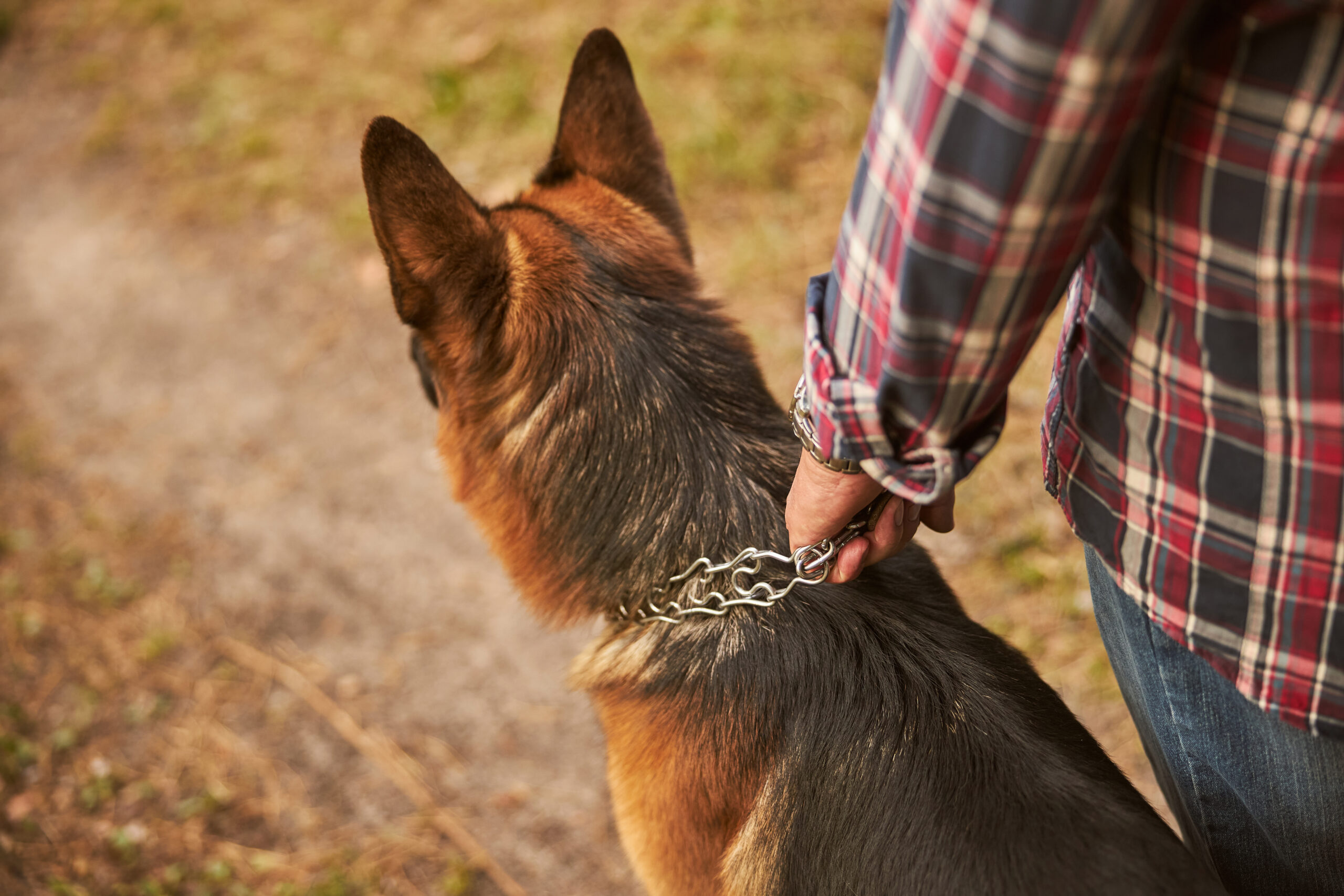
The Right Way to Use An E-Collar for Training Your Dog
When it comes to effective and humane training, many dog owners ask one question: What’s the right way to use
GET YOUR DOG COLLAR TODAY! FREE SHIPPING FOR A LIMITED TIME!

Training a stubborn dog can test even the most patient owner. Whether it’s a young dog ignoring boundaries within your home or a herding breed chasing distractions, some dogs seem to resist direction no matter how consistent you are. In these cases, the right tools and mindset can make all the difference.
Let’s explore what age you can start e-collar training and how it can help guide even the most determined dogs toward better behavior.
Not all stubbornness is defiance. Some dogs are simply wired to think or respond differently. Breed traits play a major role: for example, huskies are bred for independence, while beagles follow their noses above all else. Reinforcement history also matters. If a dog has learned that ignoring a command leads to something rewarding, like freedom or attention, the habit can become deeply ingrained.
Understanding why your dog resists commands helps you approach training with empathy rather than frustration. Knowing when you should start training a puppy can also help prevent ingrained resistance later on.
Not all e-collars are created equal. For dogs that need stronger motivation or clearer signals, look for collars with these key features:
Consistency and structure are vital when working with a dog that resists learning. Here’s a simple framework to follow:
This structured approach helps your dog associate the e-collar with communication, not correction.
Some breeds that often benefit from structured e-collar training include:
Breed-specific training tip: Always tailor stimulation levels and session length to your dog’s temperament. A gentle, focused approach often achieves faster results than a forceful one.
If your dog’s strong will has been standing in the way of progress or setting clear home boundaries, e-collar training with Bluetooth boundary technology can help. Visit our website to explore our FAQs and purchase an e-collar, or contact our team for expert guidance today.

When it comes to effective and humane training, many dog owners ask one question: What’s the right way to use

Managing more than one dog during training can be a challenge. The good news is that modern Bluetooth e-collar systems